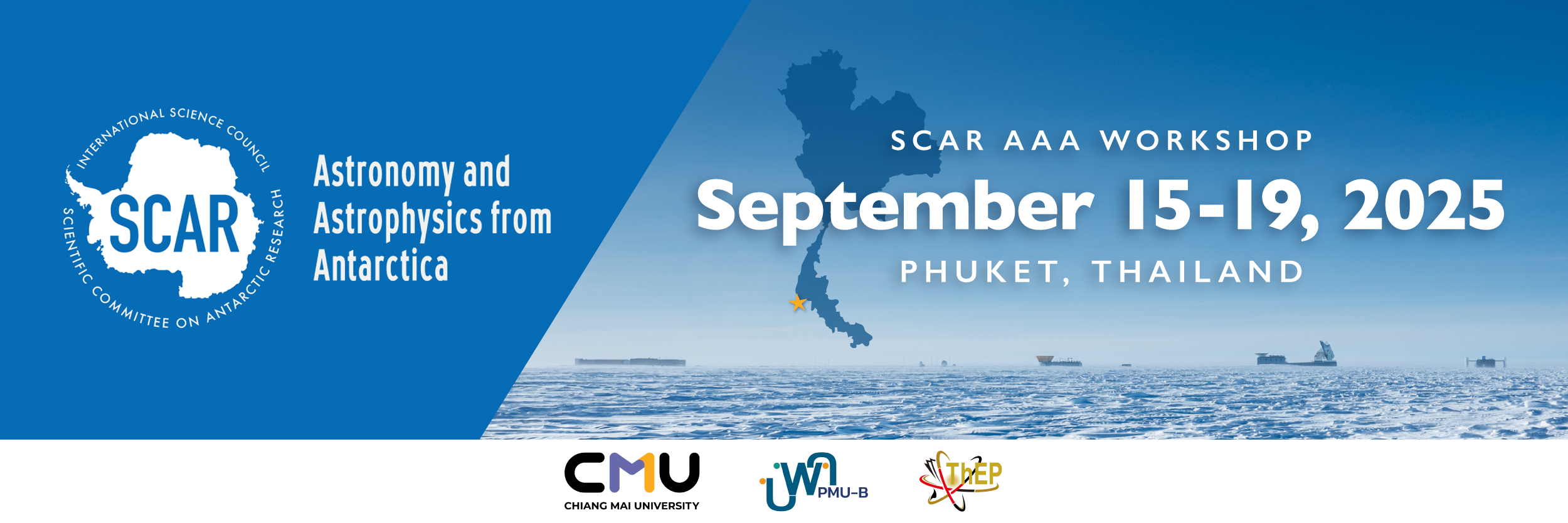Speaker
Description
This research aims to assess the effectiveness of ice drilling operations within the firn layer at the South Pole for the IceCube Upgrade Project to install neutrino detectors below the Antarctic ice. This firn drill consists of a melting probe of 60 cm diameter. Field experiments carried out during the 2024–2025 summer season highlighted the importance of maintaining a balance between the drill head load and the drilling depth, as this balance greatly influences borehole deviation and the overall success of the drilling process. Careful management of standing load and vertical drill speed was found to reduce borehole misalignment and prevent the drill head from getting stuck, particularly in the porous firn. The study showed that uneven loading can cause the drill to tilt and make retraction more challenging. To improve efficiency, the research recommends strategies such as balancing load and depth, selecting the best drilling windows according to the combining mechanical and thermal drilling methods. These findings offer practical advice to enhance firn drilling under harsh polar conditions, thereby supporting progress in neutrino research.

